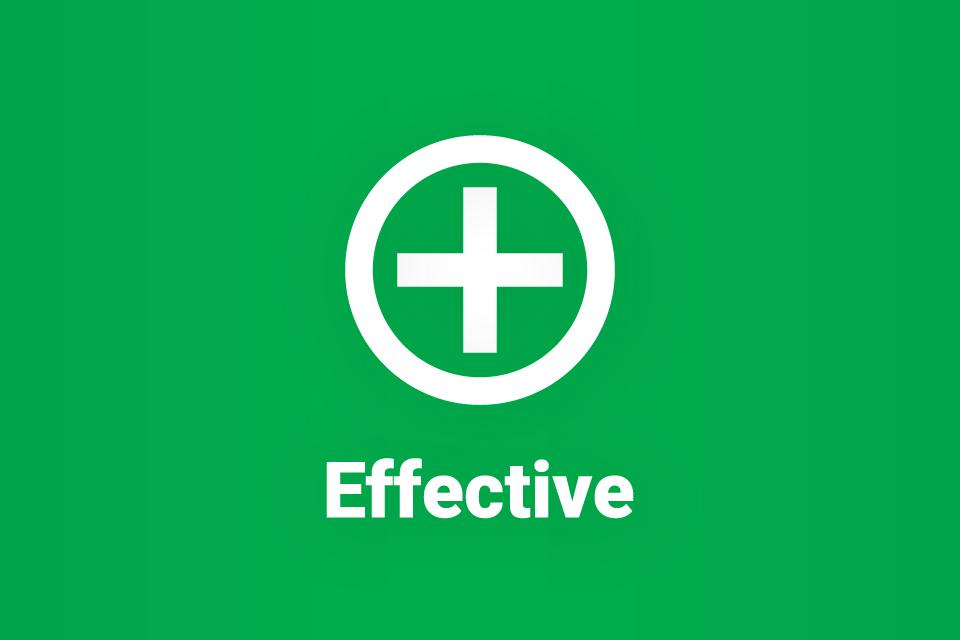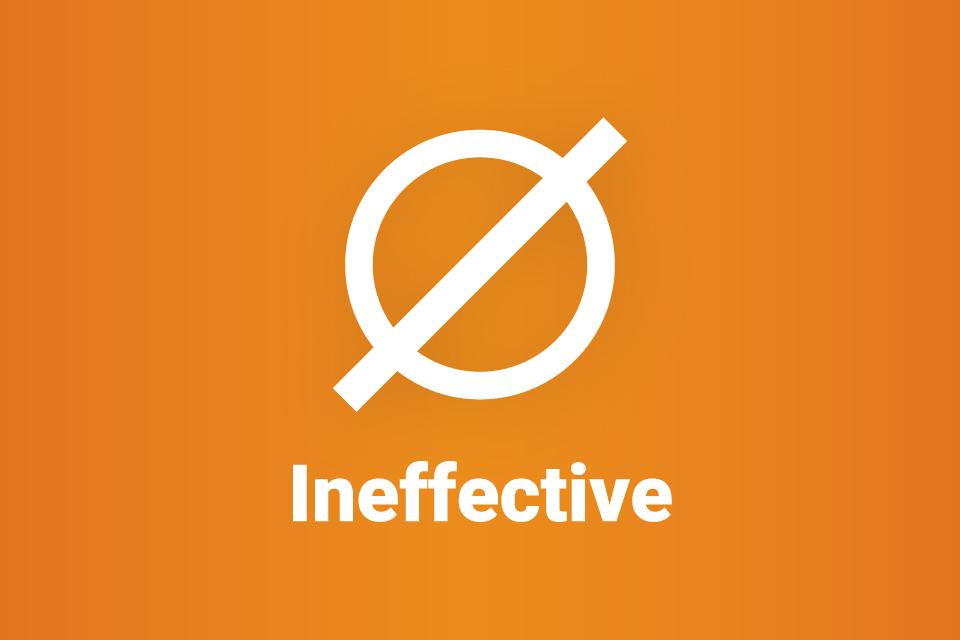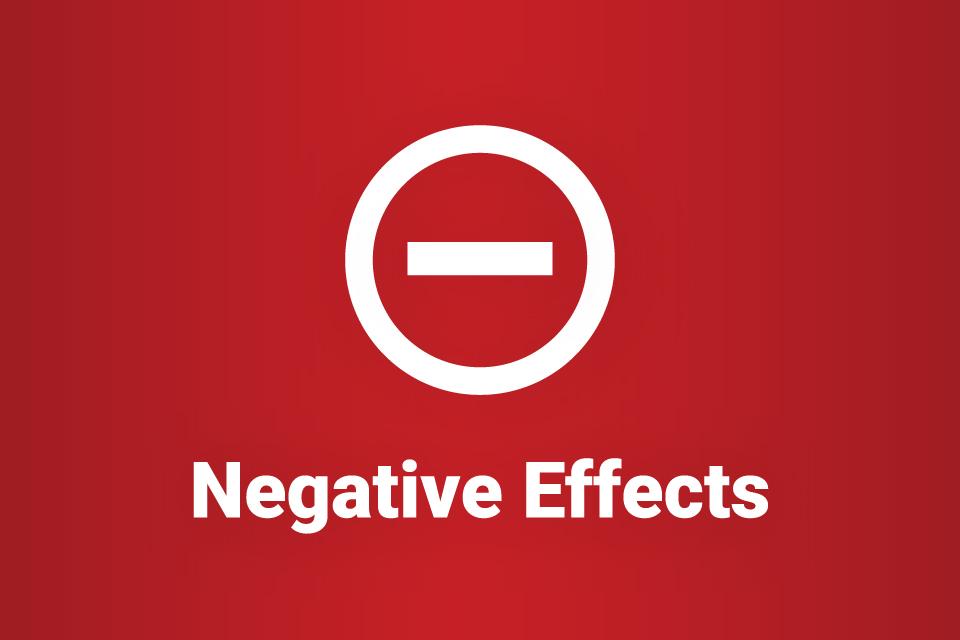About CrimeSolutions
CrimeSolutions’ ratings are assigned from standardized reviews of rigorous evaluations and meta-analyses. While we encourage you to learn more about this process, you don’t need to in order to benefit from it. Our clear ratings and profiles can help you determine if a program or category of program is worth pursuing.
Find Interventions by Topic
- Crime prevention
- Campus crime
- Drug crime (See also Drugs and Substance Abuse)
- Gangs
- Property crime
- Public order offenses
- Sex offenses
- Traffic laws
- Violent crime
- Law enforcement
- Law enforcement equipment/technology
- Law enforcement operations
- Arrests
- Investigations (See also Crime Prevention)
- Patrol
- Traffic law enforcement
- Policing strategies
- Community policing
- Gun violence
- Problem-oriented policing (including hot-spot policing)
- Procedural justice
- Use of force

An Effective intervention is likely to result in the intended outcomes. An Effective outcome indicates, on average, there is strong evidence that implementing the program, or a program encompassed by the practice, will achieve the intended outcome.

A Promising intervention may result in the intended outcomes. A Promising outcome indicates, on average, there is some evidence that implementing the program, or a program encompassed by the practice, will achieve the intended outcome.

An Ineffective intervention is unlikely to result in the intended outcomes. An Ineffective outcome indicates, on average, there is strong evidence that implementing the program, or a program encompassed by the practice, will not achieve the intended outcome.

A Negative Effects intervention is may result in negative outcomes. A Negative Effects outcome indicates, on average, there is strong evidence that implementing the program, or a program encompassed by the practice, may result in a negative outcome.
A Program is a specific set of activities carried out according to guidelines to achieve a defined purpose. Program profiles on CrimeSolutions tell us whether a specific program was found to achieve its goals when it was carefully evaluated.
Recently Rated
Program RBO Summary: The program is an intensive case management model for providing services to youths involved in the child welfare and juvenile justice systems, with the goal of reducing recidivism. The program is rated Ineffective for reducing arrests, misdemeanor offenses, felony offenses, and running away, as well as for reducing placement disruptions.
Program RBO Summary: This program is an adaptation of the therapeutic community models for individuals in prison with co-occurring drug and/or alcohol use problems and mental health disorders to reduce substance use, mental illness, and recidivism. The program is rated Promising for reducing criminal activity, reincarceration, drug and alcohol offenses, illegal drug use, alcohol use, and multiple substance use (either legal or illegal).
Program RBO Summary: This is a community-based, trauma-informed advocacy intervention for girls 11 to 17 years old who are at risk for, or already involved in, the juvenile justice system. The program is rated Promising for reducing aggression/hostility and for improving attendance.
Program RBO Summary: This program consisted of a police patrol experiment, which was designed to reduce gun violence in Kansas City (Mo.) by placing extra police patrols in gun crime hot spots. The program is rated Effective for reducing drive-by shootings and homicides.
Program RBO Summary: This is an intergenerational mentoring initiative designed to delay or reduce substance use by increasing the resiliency and protective factors of at-risk middle school youth. The program is rated Ineffective for improving outcomes related to alcohol use, marijuana use, self-control, problem behaviors, school absences, grades, and bonding.
Program RBO Summary: This 16-session cognitive-behavioral group intervention is designed to reduce anger and aggression by targeting emotion regulation, impulse control, and social problem-solving for juvenile justice system-involved girls in residential facilities. The program is rated Effective for reducing anger and aggression, and for improving temperance (impulse control). The program is rated Ineffective for improving perspective, responsibility, and the use of emotion regulation strategies.
Program RBO Summary: This program involves police use of body-worn video in Australia to improve evidence gathering, court processing, and police and citizen behavior. The program is rated Effective for increasing rates of field interviews; Ineffective for increasing convictions, sanction rates, guilty pleas, and for reducing assaults on officers; and Negative Effects for reducing police use of force and citizen complaints against police.
Program RBO Summary: This intervention provides integrated individual and family services to juveniles who have co-occurring mental health and chemical dependency disorders during their transition from incarceration back into the community. The program is rated Promising for reducing felony recidivism.
Program RBO Summary: The program aims to reduce precursors of teen pregnancy, including sexual risk behaviors, involvement in violence, and disconnection from school. The program is rated Effective for reducing relational aggression victimization. The program is rated Promising for improving family connectedness. The program is rated Ineffective for physical violence victimization, relational aggression perpetration, physical violence perpetration, fight avoidance skills, and suspension or expulsion.
Program RBO Summary: This is a voluntary afterschool program for middle school aged youths to inform them about substance use and prevent them from starting or continuing alcohol use. The program is rated Effective for reducing alcohol use frequency, and Ineffective for reducing heavy alcohol use and improving alcohol resistance self-efficacy (the self-confidence to resist alcohol).


